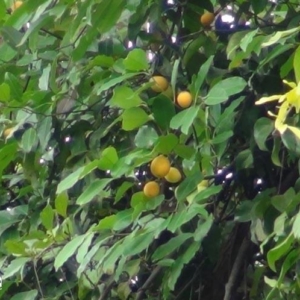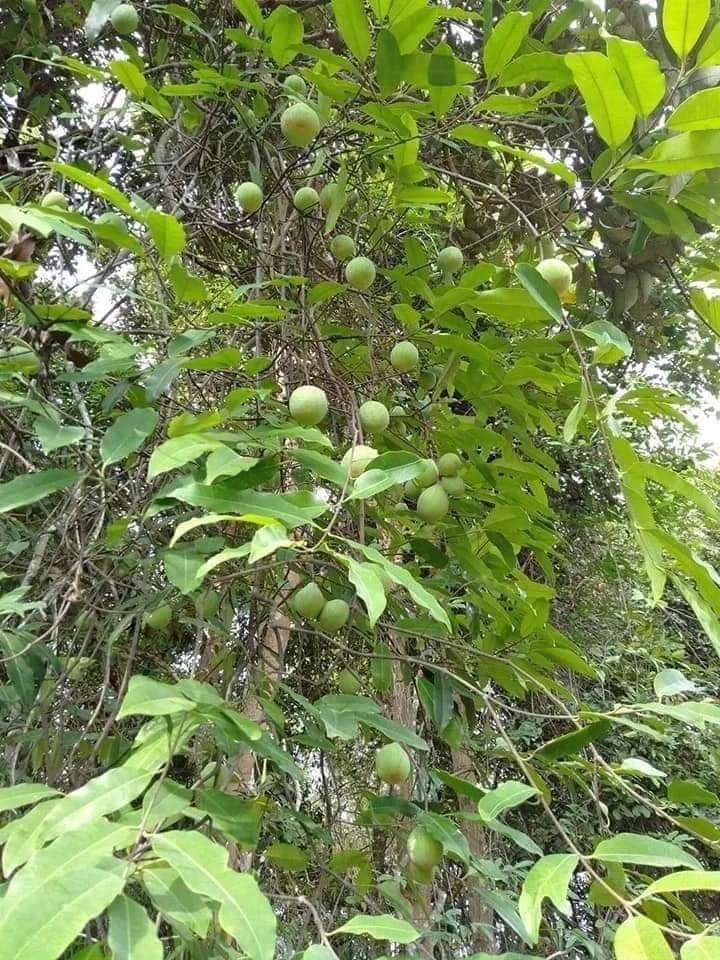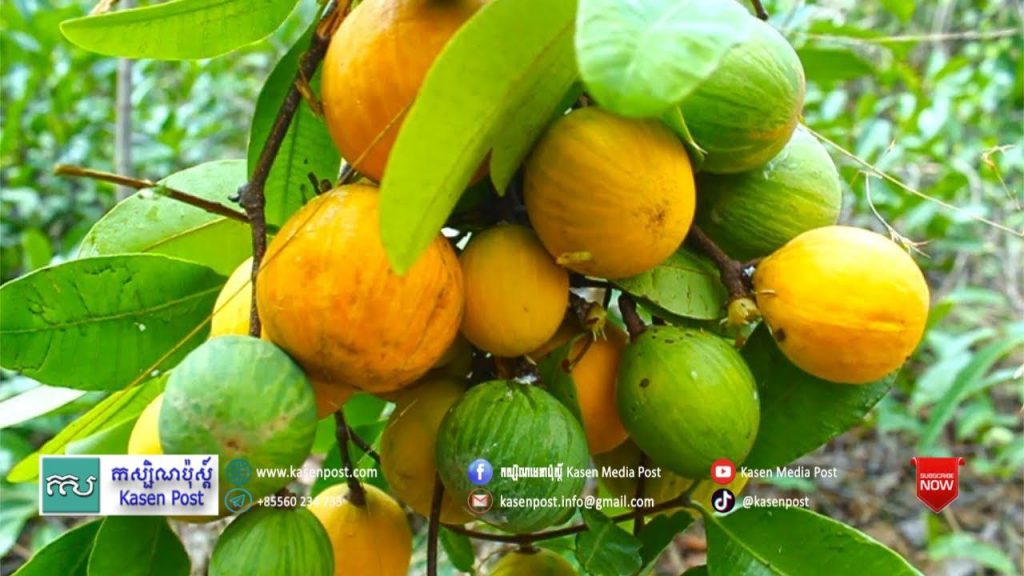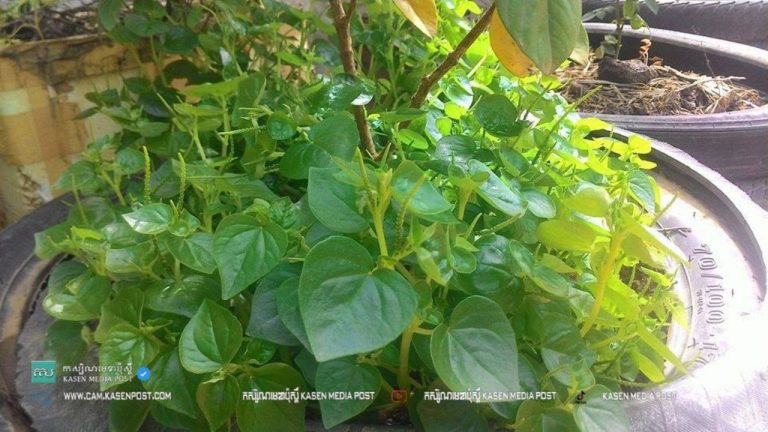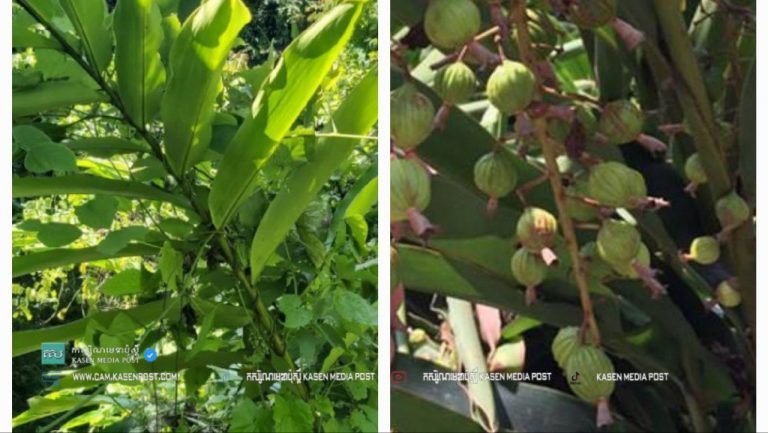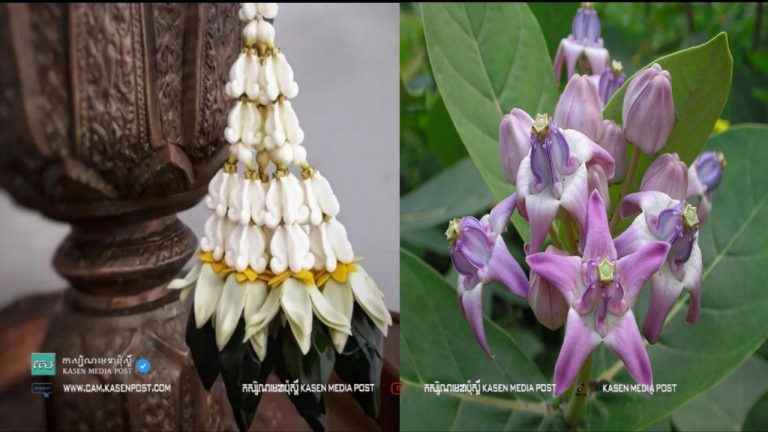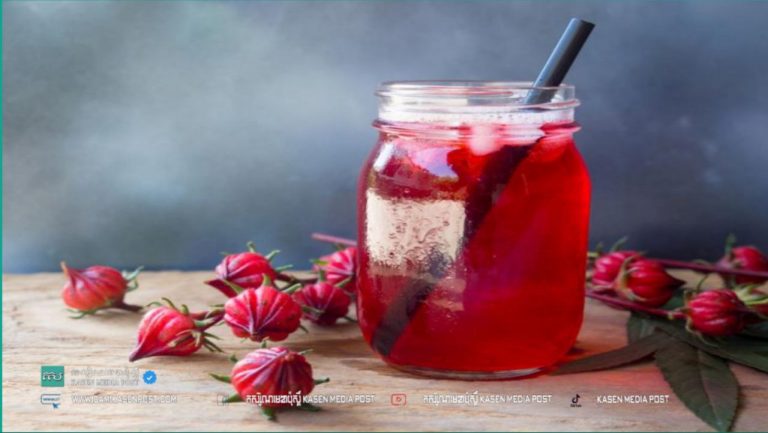“Kui” is a kind of vine (grapefruit) that grows on large trees in the dense forest up to 30 meters long. Kui tree is a tree that is larger than other national trees, a plant with almost no leaves. Kui is a seed-bearing plant with a Khmer name called “Kui vine” and a scientific name for Willughbeia edulis Roxb.
Kui fruit is also seen as a wild fruit that is highly valued in the market because it is a rare fruit that is hard to find and a favorite of the general public.
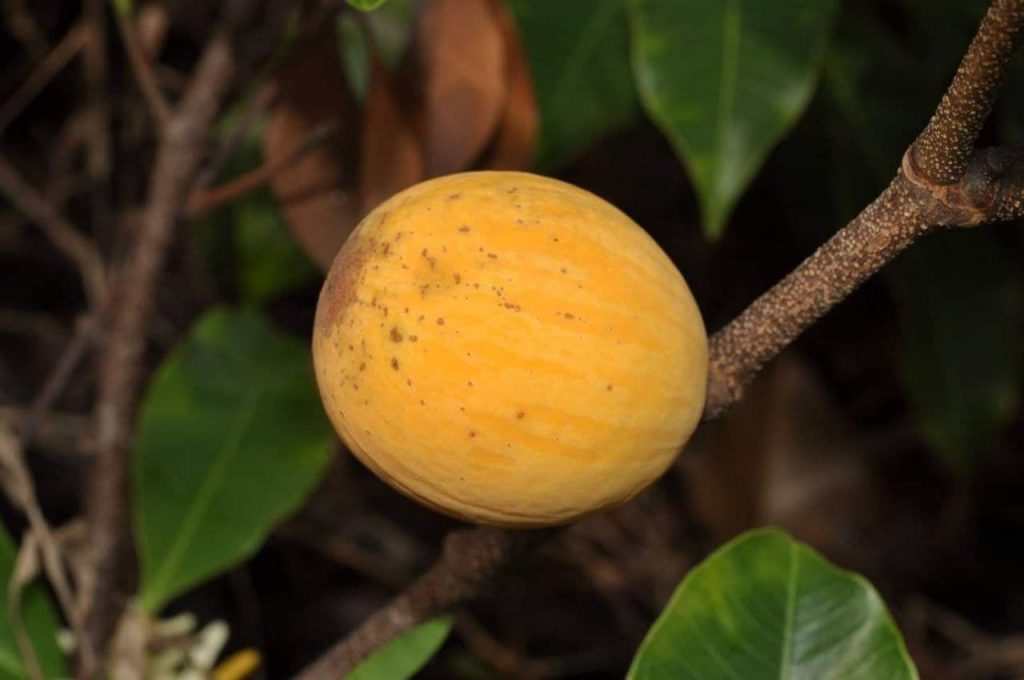
Kui only bears fruit once a year, with a flowering season from February to March. When ripe, the fruit has a sweet and sour taste, which is a favorite of most people who have tasted the fruit once and always want to eat it again. The fruit is round or oval, fleshy and juicy, with the flesh attached to the seeds and the egg yolk yellow, with an average size of 5.8 to 7.2 cm. One cube contains 4 to 5 seeds, each about 0.8-1.2 cm long. The skin of the thick kui fruit has a sticky white resin. The bark is smooth and brown, each part of the tree has milky white resin, often growing in large forests, dense forests, spruce forests and mountain forests. The leaves are often arranged opposite, in pairs, ovate, the apex acute and thin, the margins smooth or slightly wavy. Leaves 5-7 cm wide, 10-14 cm long, leaflets green, thick, glabrous above, glabrous below.
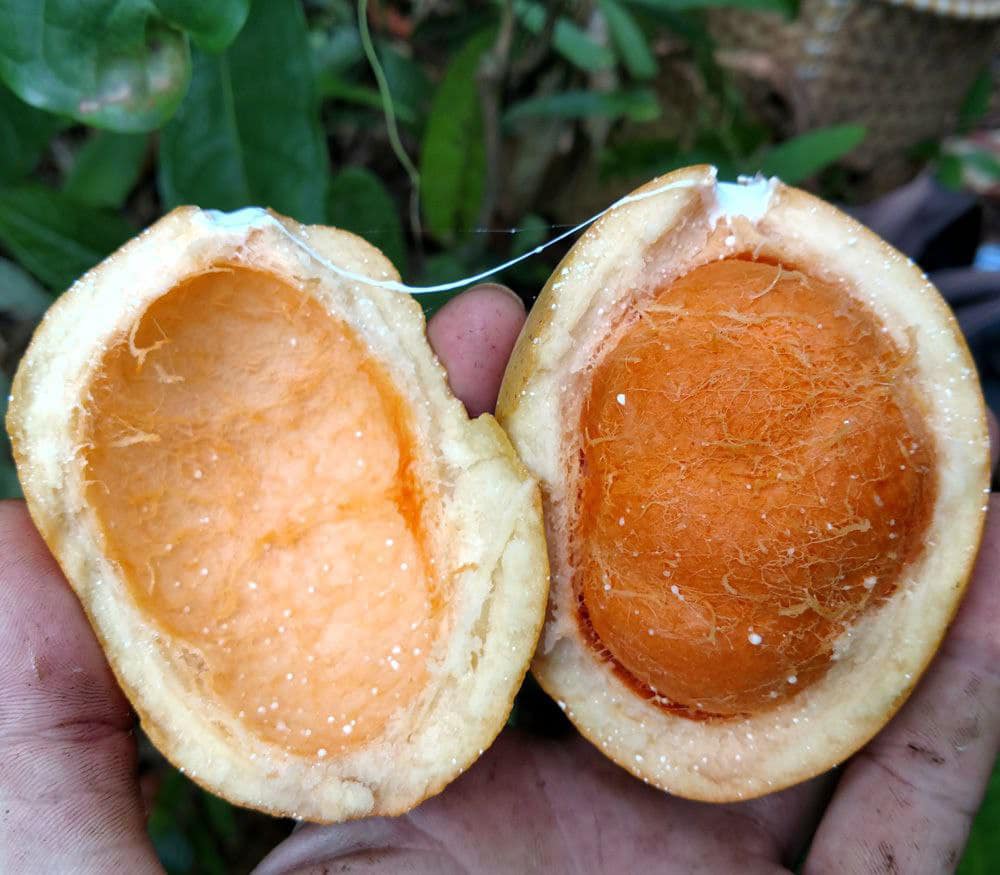
Noodles not only have delicious fruits, but are also reported to have many benefits. Bitter gourd shells can be boiled in drinking water to treat headaches. The spicy root of kui is used by Malaysians to cure jaundice caused by malaria and to treat sore throat and chest pain. Its roots can also be finely chopped and used to treat jaundice in infants. As for the original vine or boiled root, it is used as a medicine to treat diarrhea. Roots and vines also have tonic properties. Noodles are said to be boiled for drinking water to treat cirrhosis, cholera and as a tonic. According to the traditional medicine of southern Thailand, the plant is boiled with drinking water to treat runny nose. Kui fruit has a sour taste, it is dried and roasted, then mixed with water to treat wounds. The ripe fruit, which can be eaten and has a delicious jummy taste, can help lubricate the intestines, making it easier to excrete. Kui’s resin is applied to the wound to help it heal faster.

For the use of noodles as a daily benefit, such as:
Ripe noodles have a sweet and sour taste, edible.
Ivy is used instead of string for tying things.
The roots can be used as a dye because it gives a red color.
